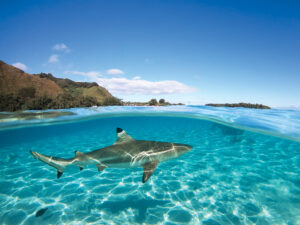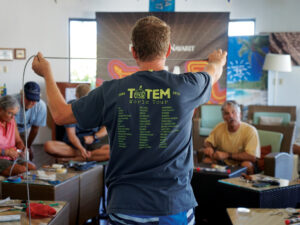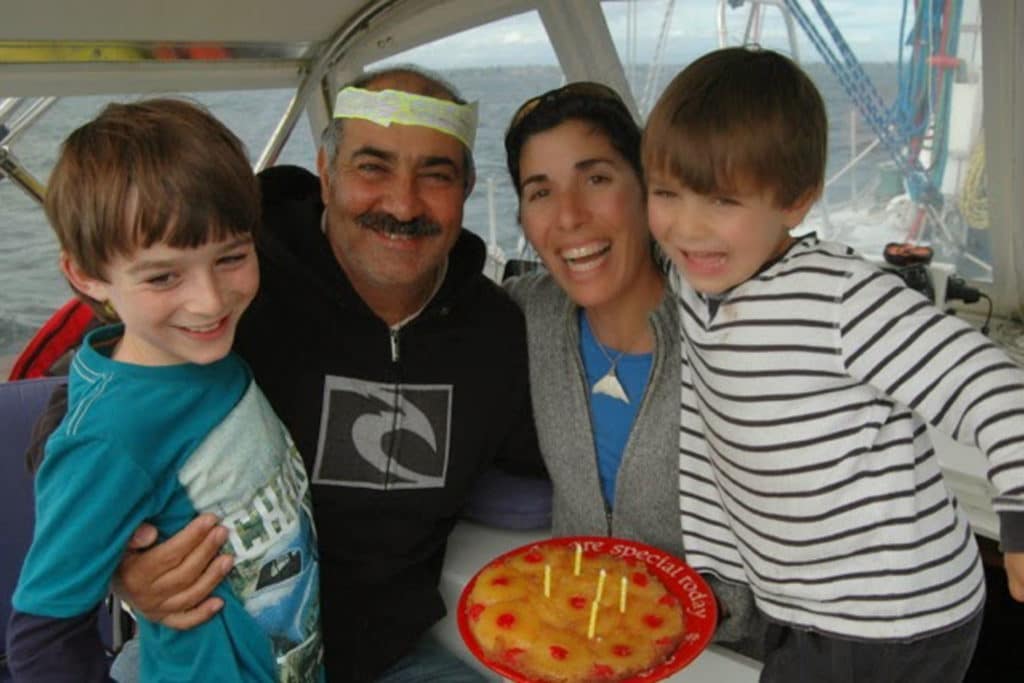
It’s on.
We’ve busted out of the sticky embrace of our first landfall and ventured into that live-by-your-wits, incredibly dynamic, surprise-a-minute experience that is sailing into the vast south of this country in our own boat.
We had the 140-mile sail to get us from Valdivia to Isla de Chiloé, our first taste of maritime Chile. As always, the sailing life is generous with its transitions. We even had a pretty-darn-sure-it-must-be-them sighting of several blue whales, our first ever, to sweeten the the overnight sail.
And, in a departure from all that is routine aboard Galactic, we had crew. Jaime Elias Harcha, chance acquaintance at the Valdivia dentist’s office and our introduction to all things rodeo in Chile, came along as supercargo.
We’ve only very occasionally taken anyone along on an overnighter…and they’ve either been family or friends of long standing. Keeping family life going on a traveling sailboat requires us to stick pretty closely to our ways, and we’re very aware of how the consequences of spontaneous decisions gone wrong will fall most heavily on the boys, and on the very small tolerances that we operate under while caring for them on passage. So we haven’t ever taken a chance acquaintance anywhere on the boat.
At some point in our short acquaintance, Jaime began to joke about coming with us when we set out for Chiloé. And then, when he and his wife Karina had us out to their house in Los Lagos for a fantastic asado, I realized that what had begun as a joke was becoming more serious. Jaime really would like to come.
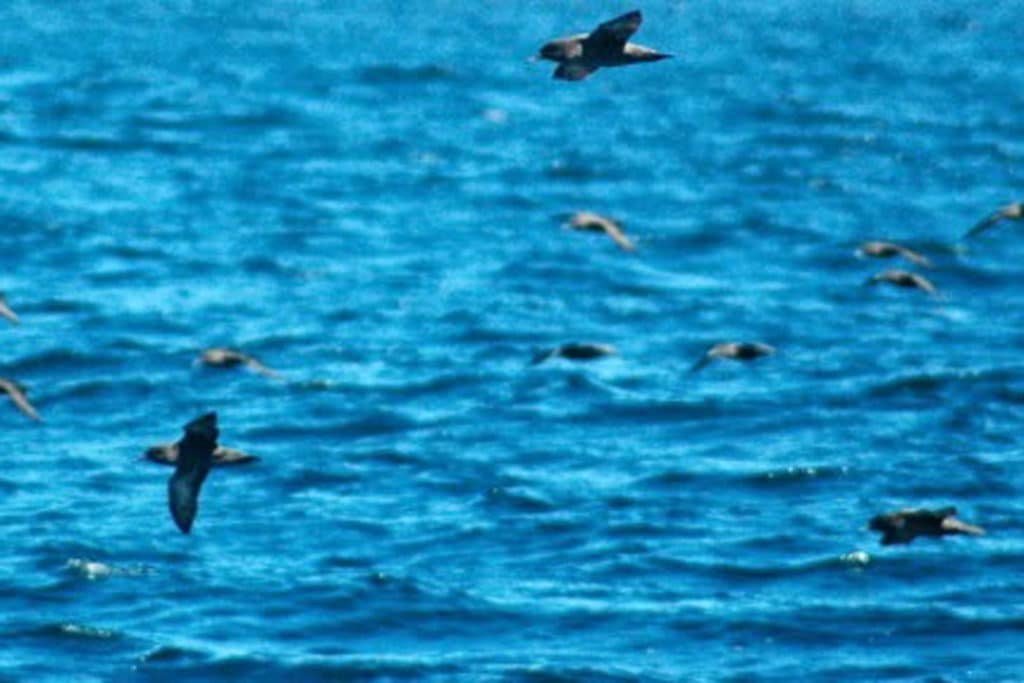
Alisa and I were in a great travel mode that had us feeling open to whatever good things might come along. We felt an instant affinity with Jaime, in spite of our communication being limited to the very basic (and basically mis-spoken) ideas we could express in Spanish. And Jaime had just made the trip on his brother-in-law’s sailboat, so we figured he knew what he was in for.
So, when we set out, we were a crew of five.
And having Jaime on board added a great dimension to what would have otherwise been a thoroughly routine overnighter for us, albeit wonderful.
It was great to share the experience, and this brief taste of our life afloat, with a new friend. Jaime was an easy guest, in the sense of being adaptable to whatever was on offer, and very good company in his ability to just hang out, and his willingness to stay up through most of the night with the on-watch crew.
As a plus, it just happened to be his birthday. So we got to do the thing Galactic-style, with a pineapple upside-down cake (muy tipico de norte america de la edad de mi mama, Alisa tried to explain), a crown for the birthday boy, and a few simple gifts.
By the time we rode a rippin’ tide in through Canal Chacao, on the north side of Chiloé, we were thoroughly pleased with the experience of having him aboard, and sorry that he couldn’t stay with us for a few days of knocking around the area.
But then, when we dropped Jaime at a working dock in La Vega, we got a bonus in terms of a crew exchange.
What we lost in the form of Jaime, we made up for with his 30-year-old son, George.
The Chronic
I spent two summers in Alaska before I moved there, hitchhiking up and working in salmon canneries to finance hiking trips in the Arctic before hitching back to New Orleans for the winter.
I remember in those early visits meeting Alaskans who said they “couldn’t handle the Lower 48.” Whatever, I would think to myself. What’s so hard about the Lower 48?
But then I made the Great Land my home. And it wasn’t too long before I couldn’t imagine going back to the Lower 48, either.
A place changes you, I suppose. Or a place can make it easier to be true to yourself.
Alisa just noted that it’s been a week since we left Valdivia. And in the timeless way of traveling on our own boat, the place we left behind seems a lifetime away. In that week we’ve seen blue whales and a dozen new species of birds. We’ve anchored in six places. We’ve tied to a commercial dock to make a crew change and watched a fishing boat power up hard against the lines that were holding it rafted behind us, only a meter or so from our solar panels and wind vane, an easy error by its captain or crew from doing real damage to us. I’ve driven the boat towards the shoals in an unknown anchorage on a falling tide and caught myself, thinking, you don’t want to go aground here. I’ve used my broken Spanish for quick conversations with people we’ve run into on the beach. I’ve used that same broken Spanish to talk with a new friend, learning something about his life and life in his country.
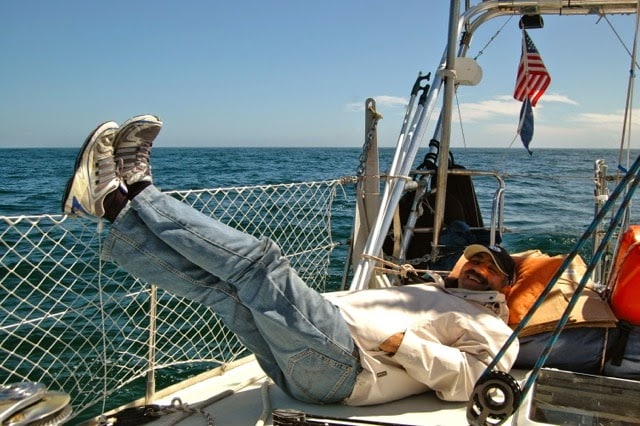
And through it all I’ve been traveling with my children and my wife, and my wife and I have counted on each other totally to get through the routine rigors of navigating and anchoring in places we’ve never been to before, all while raising the kids.
Can you see why we don’t want to stop doing this?
I can’t imagine another way of living that would force us to live so much by our wits day after day. Another way of living that would be so fierce, if you will. This morning I saw Alisa’s face as she stood in the companionway, scanning the anchorage at first light. If you could see her face as she calmly took in everything around us, evaluating the state of wind and tide and weather and the lay of the land, all the boats and the scattered houses around the landlocked bay and what their life might mean to us – if I could show you the look on her face as she did that, with the light of dawn on her, then you’d know what I mean.
During this last season in French Poly we started to come to grips with when we might go back to Alaska and give up our wandering ways. We decided that two more years would do us – we’d be back in Kodiak in the Boreal summer of 2016.
But now we can feel our resolution slipping. We’re just having too much fun. And really, we can’t imagine going back.
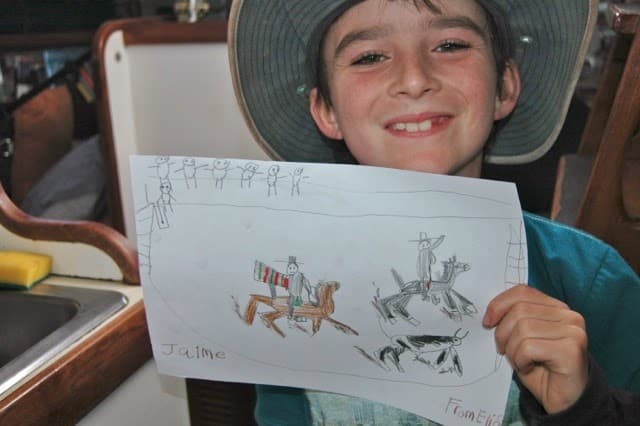
It helps enormously that I am able to keep working as a biologist while we travel. The finances would never work out otherwise. And my demeanor is such that I would be unhappy if I didn’t feel that I was contributing to the common weal in some small way.
So, we have observed over and again the many ways that life can change in some fundamental way and puts a stop to sailors’ voyaging. And our sailing continues to be dependent on my ability to find enough work to pay for it all. But, barring those two contingencies, we seem to be moving towards more of the same.
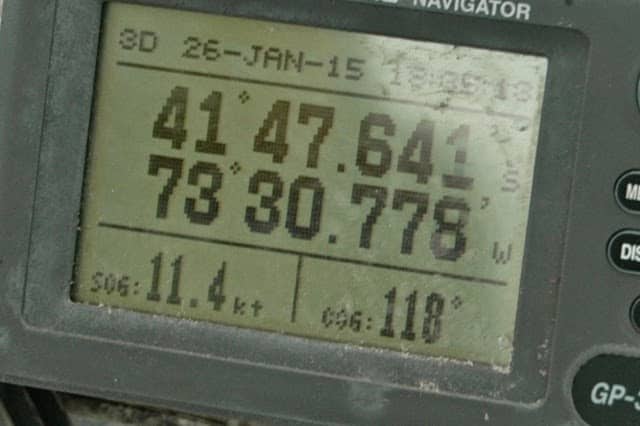
And though we are inclined to keep going because we are so content, there is also that part of us that can’t quite see the way clear to going back again. We’re like those Alaskans I met all those years ago – we’ve been changed by the experience of living this way, and it’s hard to imagine the life that we took for granted before we left.
We realize that it will likely only get harder to go back as we stay out longer. But surely we can fit in a visit to the Falklands before we point the bow north again?
When we left Alaska to sail to Australia with our toddler for crew, we thought it was a once-in-a-lifetime thing. But then we had our second child, and bought our second boat, and sailed across the Pacific a second time. We’ve been living aboard for seven years now. Sometimes we wonder how long we’ll keep at it, but all we know for sure is that the end doesn’t seem to be in sight just yet. Click here to read more from the Twice in a Lifetime blog.

